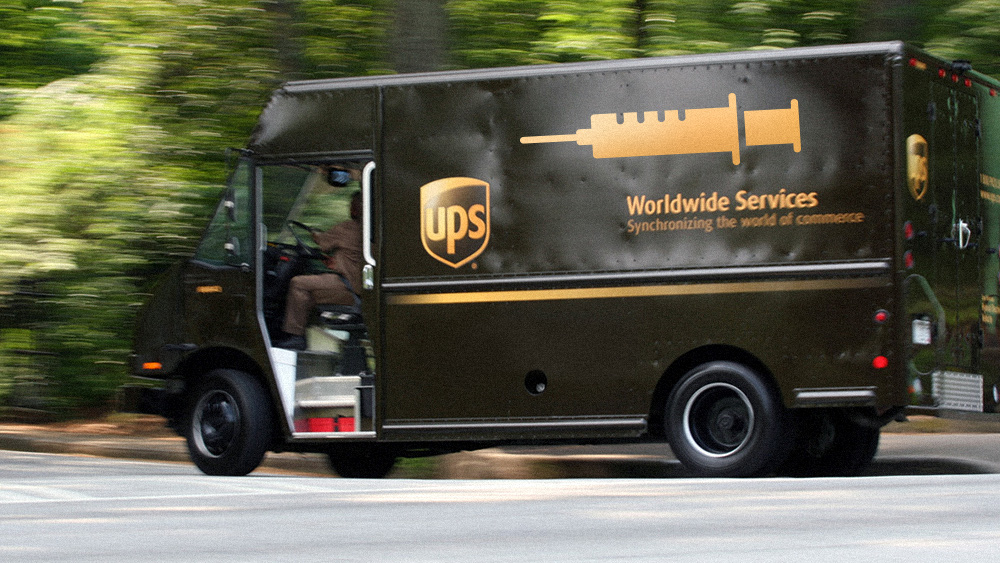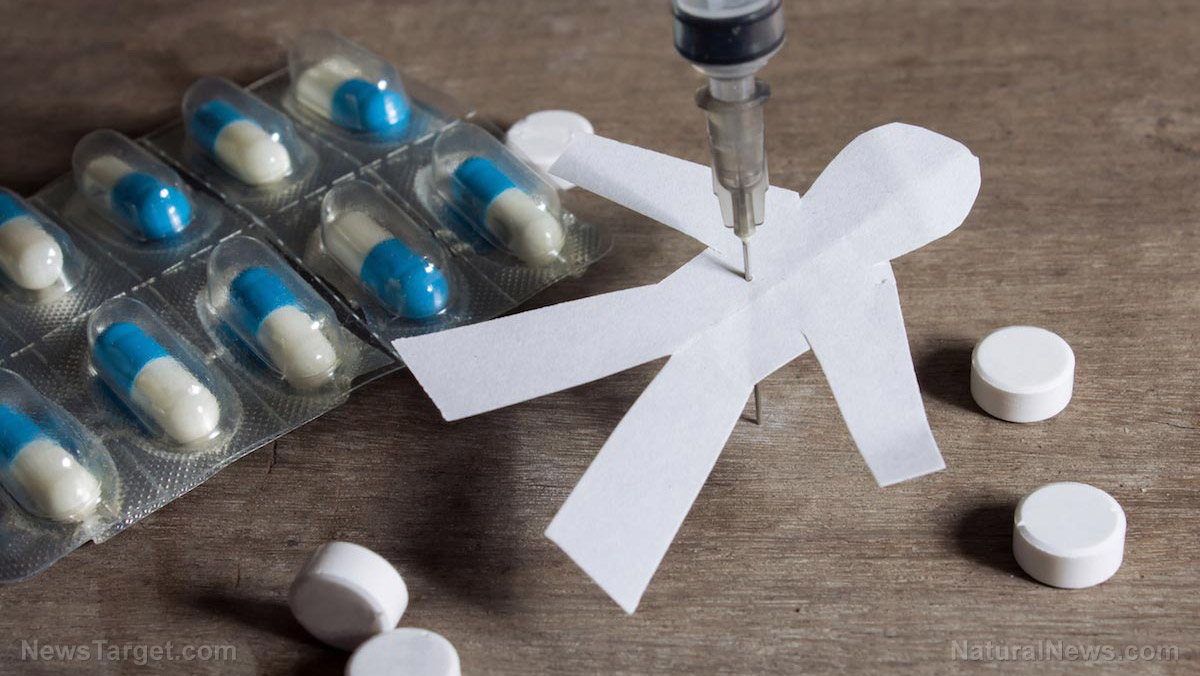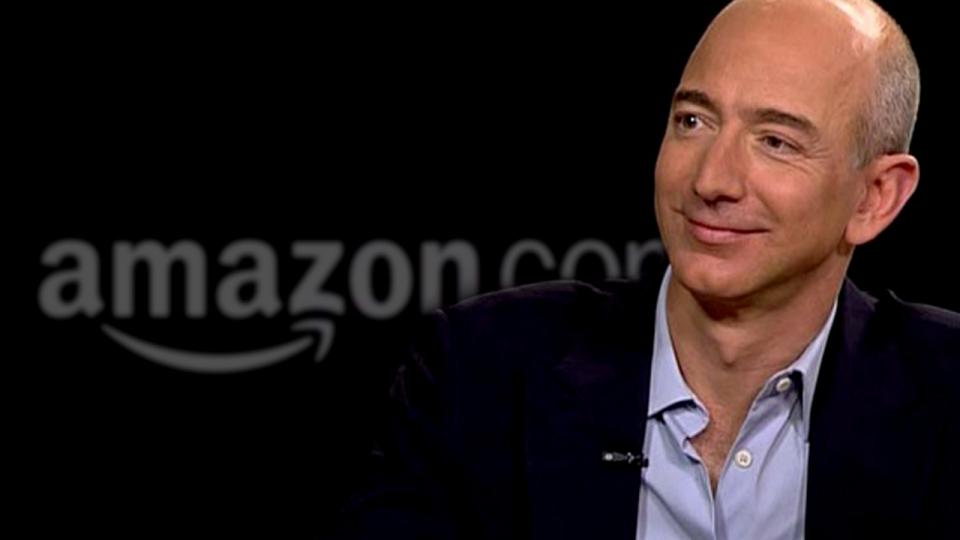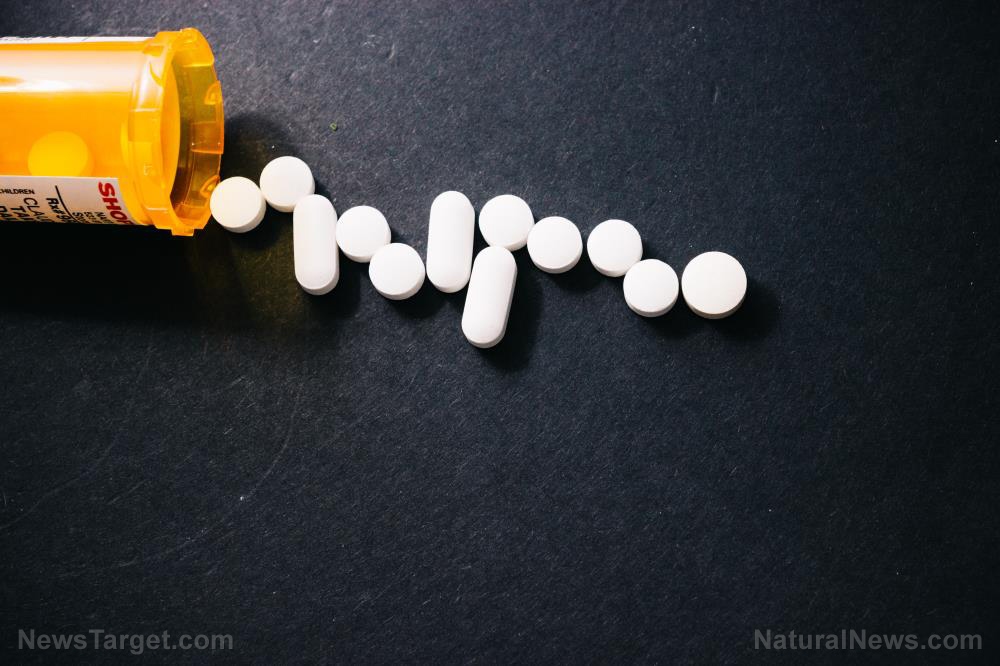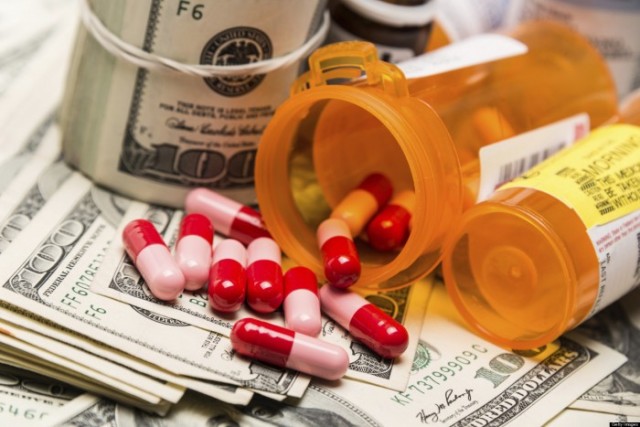Medical investigation uncovers massive bribery ring of “kickback” payments to doctors
01/08/2019 / By Earl Garcia

Many patients receive health care from doctors who get incentives from drug firms and medical device companies, according to a study in the Journal of General Internal Medicine. Data from the study revealed that when accounting for only the respondents’ visits to physicians, the median industry payment amount in 2016 was $510, a significant increase from only $193 median industry payment shown in the Open Payments data system.
Researchers at the Drexel University in Philadelphia, PA surveyed more than 3,500 adults and found that 65 percent of respondents received medical services from a physician who received an industry payment during the past year. Data also showed that respondents who visited a specialist were more likely to have had an appointment with a doctor who received industry payment. Research showed that 85 percent of patients who visited an orthopedic surgeon saw one who got industry incentives. They also found that 77 percent of patients who saw an obstetrician or gynecologist had had an appointment with an industry-paid doctor. Sixty-five percent of patients who sought psychiatric or neurological help also saw one physician who received industry incentives, research data revealed.
The study also found that 63 percent of respondents who visited family medicine physicians saw doctors receiving incentives from pharmaceutical and medical device companies. Data also revealed that only 45 percent of respondents reported knowing about such arrangement between physicians and drug, medical companies. On top of this, only five percent of patients were aware of whether their doctors received industry payments or not, while only 12 percent were aware that the information is available online.
Publicizing payment data makes a difference
Online transparency seems to play a role in this scheme, data suggests. The analysis showed only 34 percent of respondents living in states where payment data is made available were likely to see a doctor who received payments from drug firms and medical device makers. Physicians appear to shy away from receiving incentives if they know that the information can go public, the study authors inferred.
Study co-author Michelle Mello said pharmaceutical firms “have long known that even small gifts to physicians can be influential, and research validates the notion that they tend to induce feelings of reciprocity.”
“These findings tell us that if you thought that your doctor was not receiving any money from industry, you’re most likely mistaken. Patients should be aware of the incentives that their physicians face that may lead them to not always act in their patients’ best interest. And the more informed patients are about their providers and options for care, the better decisions they can make,” said study lead author Genevieve Pham-Kanter.
“We may be lulled into thinking this isn’t a big deal because the average payment amount across all doctors is low. But that obscures the fact that most people are seeing doctors who receive the largest payments… Transparency can act as a deterrent for doctors to refrain from behaviors that reflect badly on them and are also not good for their patients,” Pham-Kanter added.
Repealing the Physician Payment Sunshine Act, which is a provision of the ACA that requires pharmaceutical companies and the makers of medical devices to divulge information on gifts and payments they make to medical providers, would be regressive, Pham-Kanter argues. “There has been a lot of useful information — for patients, policymakers and researchers — that has come out about the scope and scale of these payments and how they might influence doctors, and I’m sure there’s much more to learn,” she said.
This information is publicly available online through the Centers for Medicare and Medicaid Services’ Open Payments website.
Sources include:
Tagged Under: Big Pharma, deception, doctors, medical deception, Medical Tyranny


